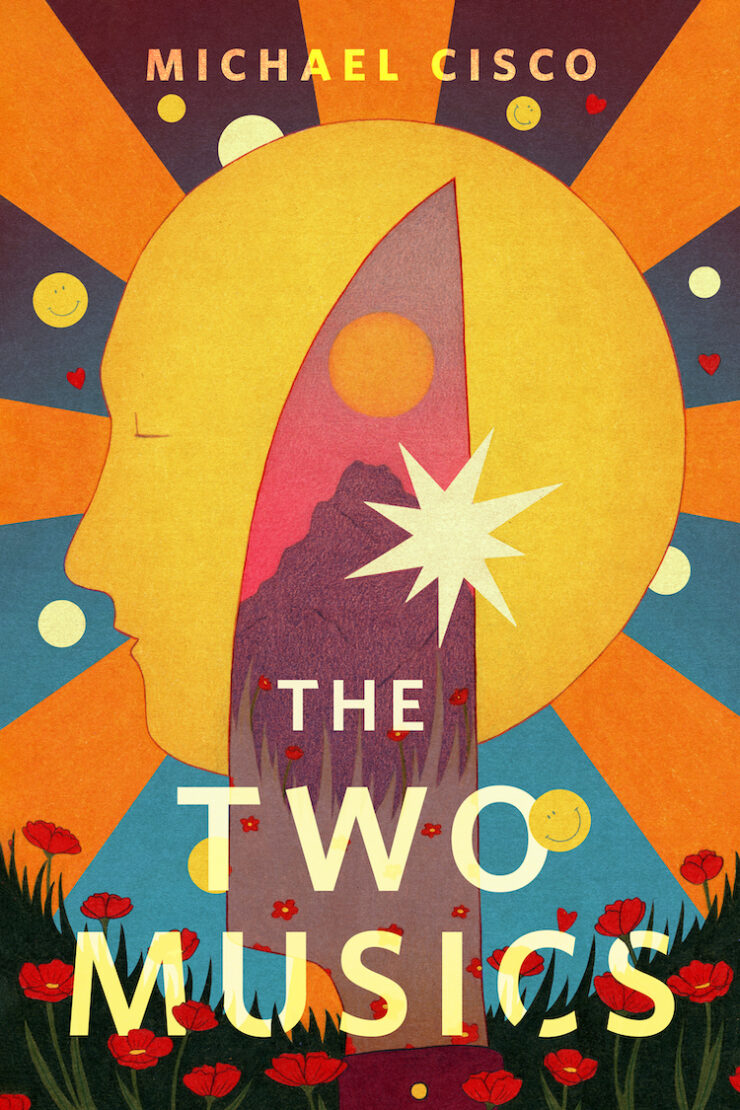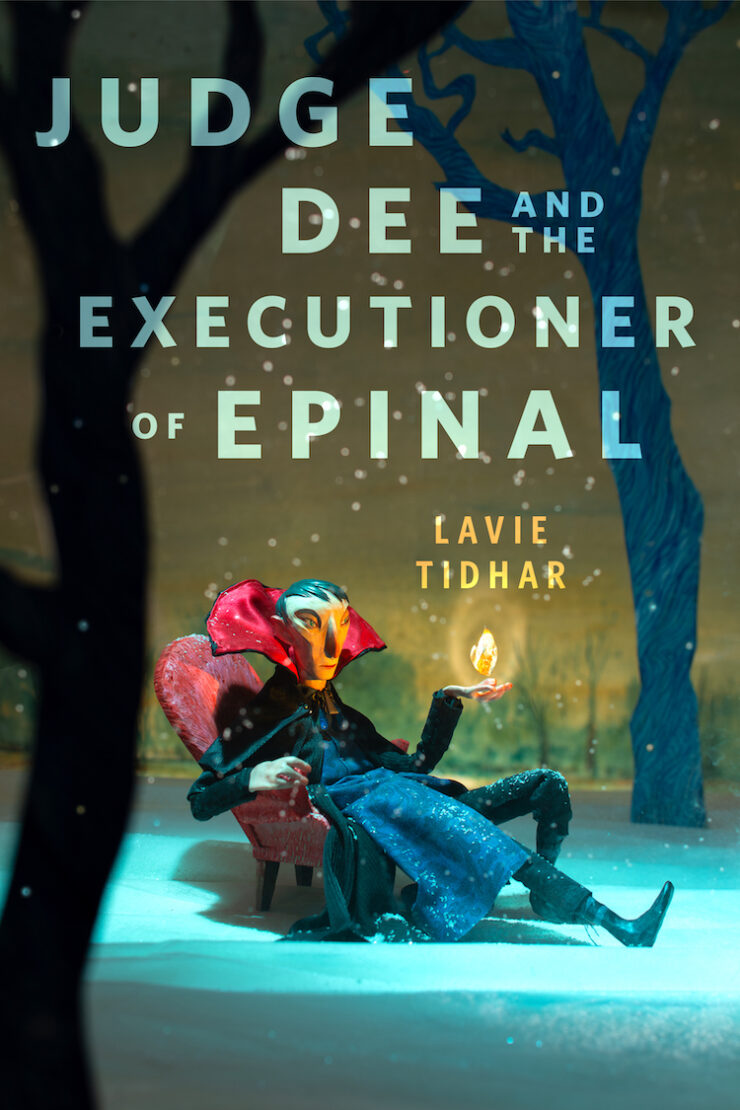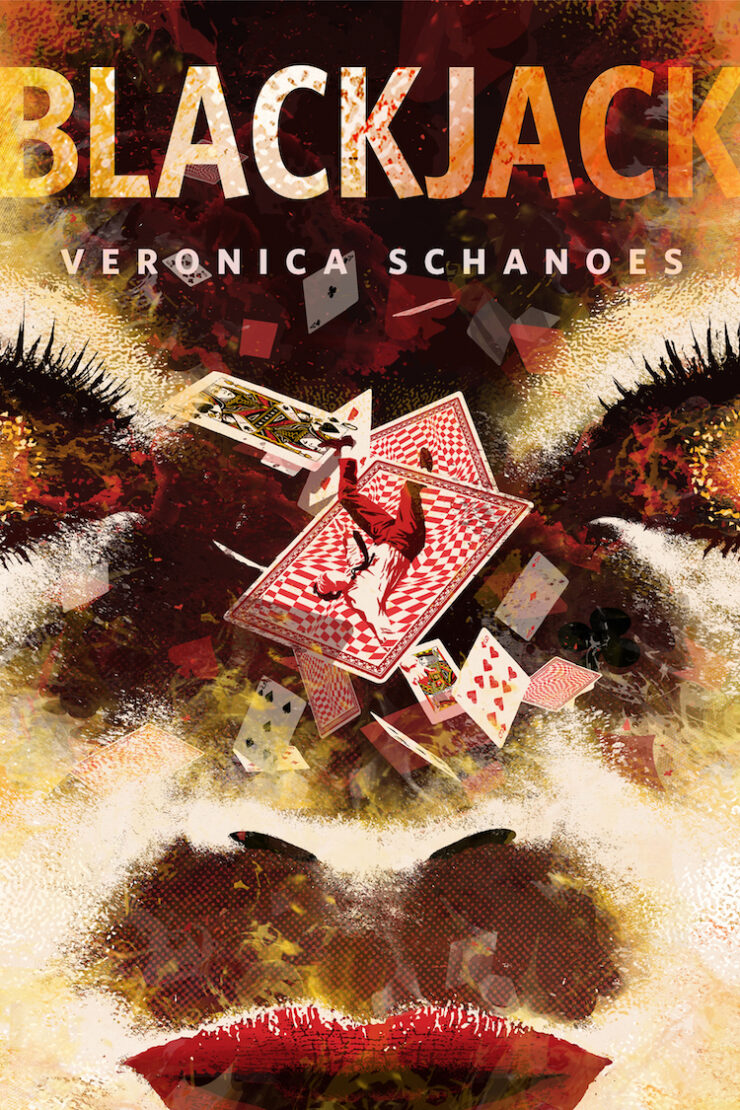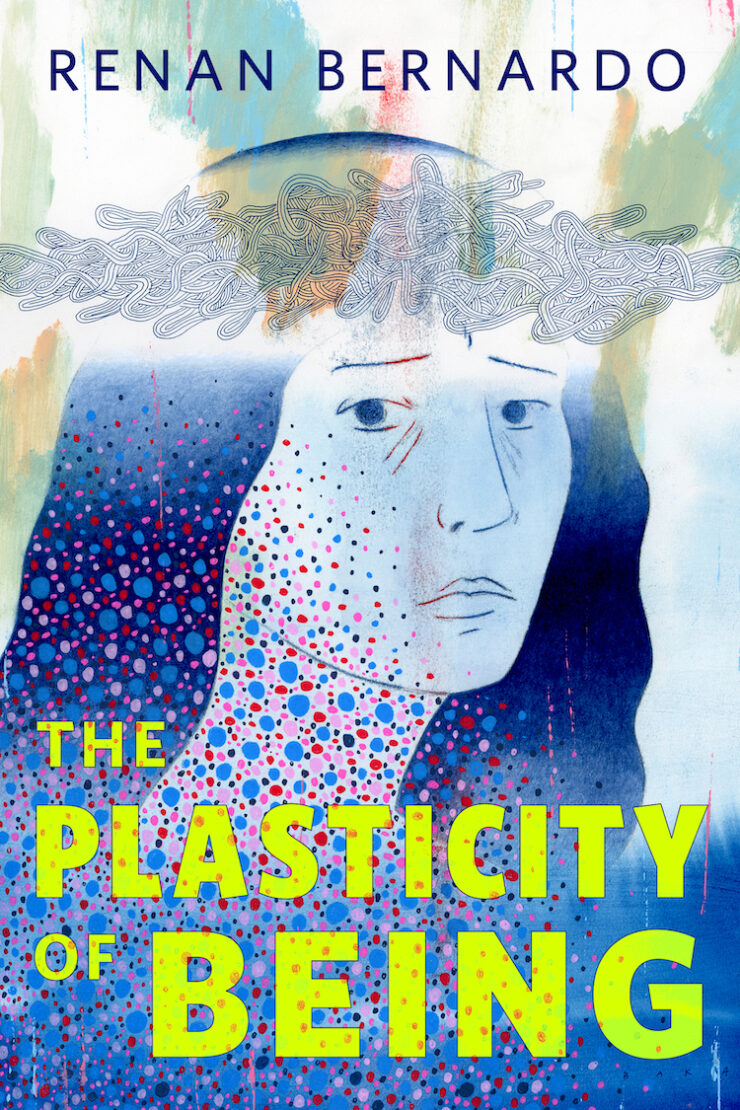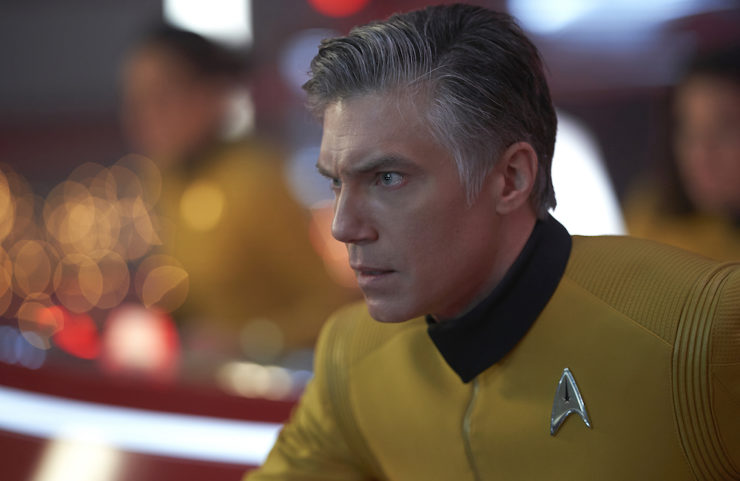When Star Trek: Discovery season 2 ended, there were two big questions left. First, and most obviously, what will Burnham and the crew find in the 33rd century? But also, is this really the last we’ll see of Ethan Peck, Rebecca Romijn, and Anson Mount as Spock, Number One, and Captain Pike? It looks like there’s a partial answer to the second question: according to the Instagram account of Mark Pellington, at least one forthcoming Short Trek will feature Peck as Spock and Romijn as Number One. The episode is titled “Chaos Theory,” and it’s thought to be written by novelist and Picard producer Michael Chabon.
So, while this isn’t confirmation of a full-on Spock/Pike/Number One series, it does mean contemporary Trek canon is giving us a little bit more of these characters. But there’s so much more Trek could do with this time period and these characters! Here are five big TOS canon mysteries that a series—or more Short Treks—could explore, all involving the 23rd century, Spock, Pike, Number One and… the Klingons.
How did Starfleet change so much in a decade?
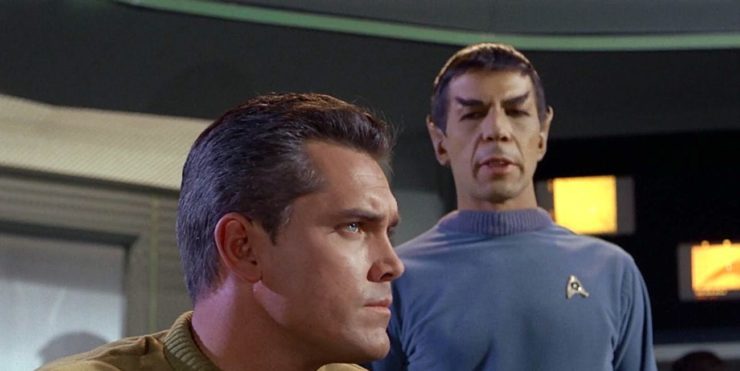
In seasons 1 and 2 of Star Trek: Discovery, Starfleet seems, in some ways, at its peak of size and efficiency, at least relative to the original series and the classic films. When Leland is possessed by Control in “Perpetual Infinity,” the rogue A.I. says Starfleet has “900 ships,” which seems like a lot. In the original series, Kirk frequently mentions that the USS Enterprise is only one of 12 ships like it in the fleet, which doesn’t necessarily contradict the idea of a large fleet, but it does feel different. If we assume this number includes shuttlecraft and those little Federation starfighters from “Such Sweet Sorrow,” then this makes a little more sense. But still, in the time period of the original series, starting with 2265, Starfleet seems more far-flung and smaller than it does in Discovery in 2257. So what changed? Why is the Enterprise so frequently out of touch with Starfleet for long periods in TOS? How did Starfleet change the way it works between the ending of Discovery season 2 and Kirk’s time?
In “Such Sweet Sorrow,” Burnham mentions that Control had destroyed all the subspace relays that allowed swift communication across the Federation. This feels like one part of the puzzle, but more Short Treks or an entire series featuring Pike, Number One and Spock could tackle this more clearly. Sure, Pike, Spock and Number One are all back on the Enterprise, presumably on a five-year-mission, but more onscreen stories could dive into how Starfleet changes even more.
What happened to the Klingon Empire and L’Rell?
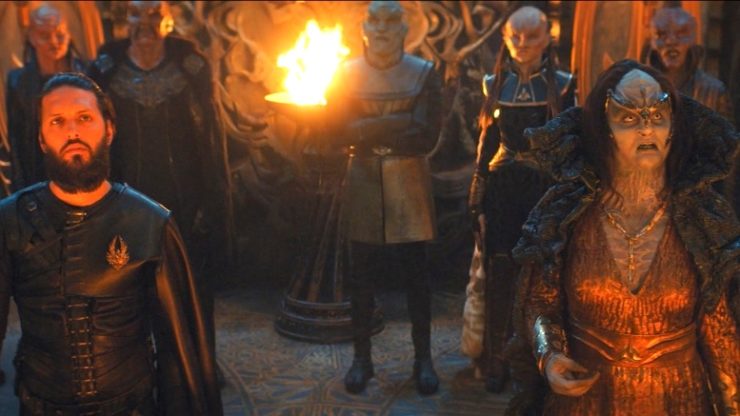
By 2266, as depicted in the Original Series episode “Errand of Mercy,” all-out war with the Klingons seems inevitable, again. But how? After the Klingon War of 2256 depicted in Discovery, how did everything get so bad again? If more stories or an entire series explored this time period, we might not just focus on what this stuff looks like from Spock, Pike and Number One’s point-of-view, but maybe from the point-of-view of the Klingons, too—specifically, L’Rell!
Mary Chieffo’s L’Rell was absolutely one of the best aspects of both seasons of Star Trek: Discovery but now that the rest of the crew has jumped ahead to the 33rd century for season 3, they’ve ditched her and the Klingon Empire far behind. But there’s so much more to explore! In 2266, the Augment virus of 2154 (from the Enterprise episode “Divergence”) seems to have made most Klingon soldiers appear “human” with smooth foreheads. (Reminder: in TOS Klingon makeup was pretty much funny eyebrows and face paint, which was eventually retroactively explained in the prequel show Enterprise.) If we got a new series set in 2258-ish, it could, in theory, only tangentially focus on Starfleet. Instead, what about a Game of Thrones-style show about the Klingon Empire? In this series, we could see a new strain of the Augment virus really overtake the Empire, making everyone look more human-ish; allowing Mary Chieffo and company to show their real faces IRL. This could create a kind of great crisis for the Empire; how can they “remain Klingon,” when they fundamentally don’t look like Klingons? This would dive deep into some murky canon waters, but it would also create great storylines for Trek to explore about identity, cultural divisions, and prejudice. A Klingon-centric show—or series of stand-alone episodes—that happens in Pike and Kirk’s time featuring L’Rell could be the best Trek show ever.
What did Pike do as Fleet Captain?
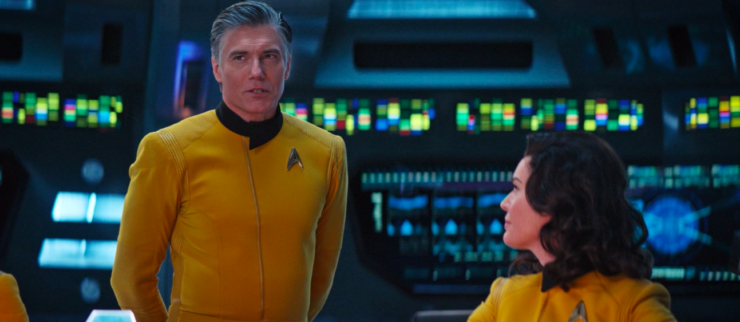
It would of course be cool to see Anson Mount’s Pike as Captain of the Enterprise again. But it would be even cooler to see Pike as Fleet Captain! You wouldn’t need a whole show to do this necessarily, but if there were a new series or more Short Treks set in the 2258-ish era, it would be interesting to witness Pike’s transition from captain of the Enterprise to Fleet Captain with all of Starfleet at his command. What if these things weren’t mutually exclusive? What if Pike was Fleet Captain while he was still in charge of the Enterprise?
Why did Spock stay on the Enterprise when Pike left?
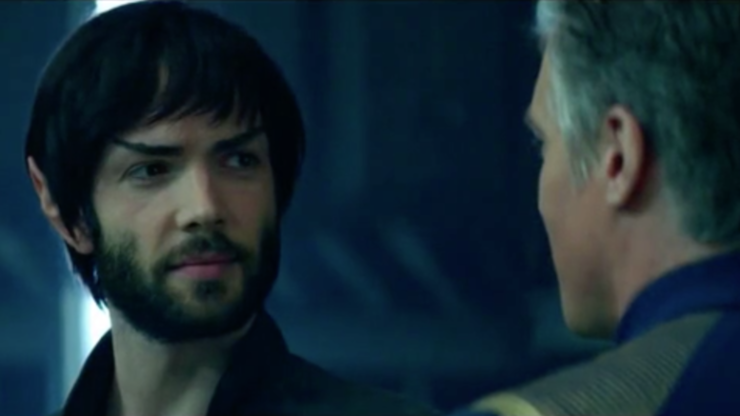
In the TOS episode “The Menagerie” Spock says he served with Pike for a total “11 years, four months and five days.” Counting the time we saw them hanging out together on in season 2 of Discovery, this time span seemingly also includes two five-year-missions on the Enterprise. To put it in perspective, this is double the amount of time Spock served with Kirk in the original series. So, why, after all that time did Spock decide to just stay on the Enterprise without Pike?
The new Short Treks with Ethan Peck and Rebecca Romijn could explore this idea. Because if there’s one thing Trekkies literally can’t get enough of, it’s Spock thinking about stuff and making complicated decisions.
What happened to Number One?
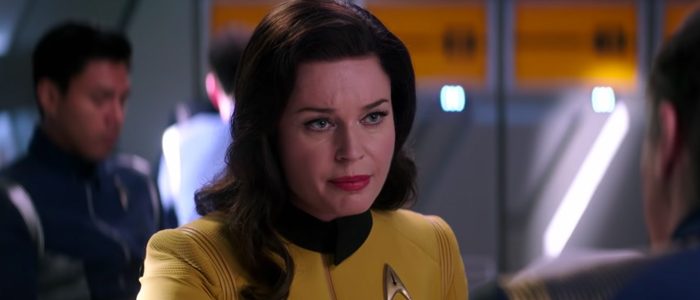
Speaking of Rebecca Romijn, the character of Number One was fantastic in season 2 of Discovery, but she also felt tragically underused. A single episode of Short Treks is simply not enough of Romijn’s Number One, if only because, just like Pike, the character is oddly revered despite no one knowing much about her. Number One is also not mentioned in any on-screen canon outside of “The Cage,” “The Menagerie,” and Discovery, meaning there’s plenty of room to really find out who she really is and what happened to her after Discovery.
While Discovery retained several of its excellent female leads for season 3, it also left some, like L’Rell and Number One, behind in the 23rd century. And because Number One is the original badass Trek protagonist, getting more of her story feels like an oversight contemporary Trek is poised to correct.
Ryan Britt is a longtime contributor to Tor.com. His other science fiction essays and journalism has been published by SyFy Wire, Den of Geek!, Inverse, and StarTrek.com He is the author of the essay collection Luke Skywalker Can’t Read (Penguin Random House) and an editor at Fatherly.


